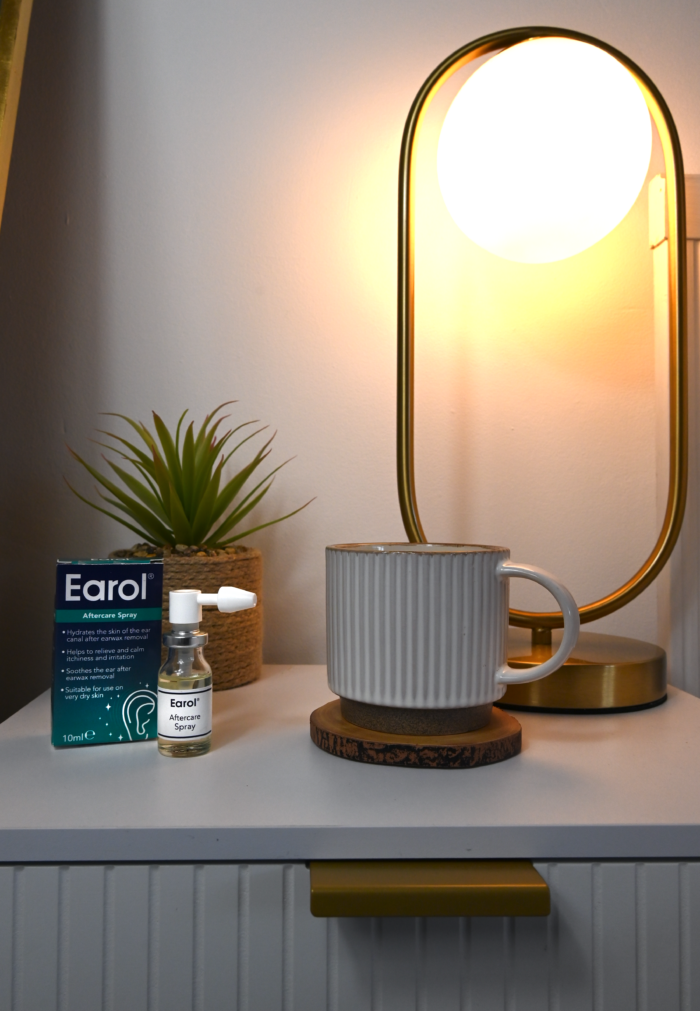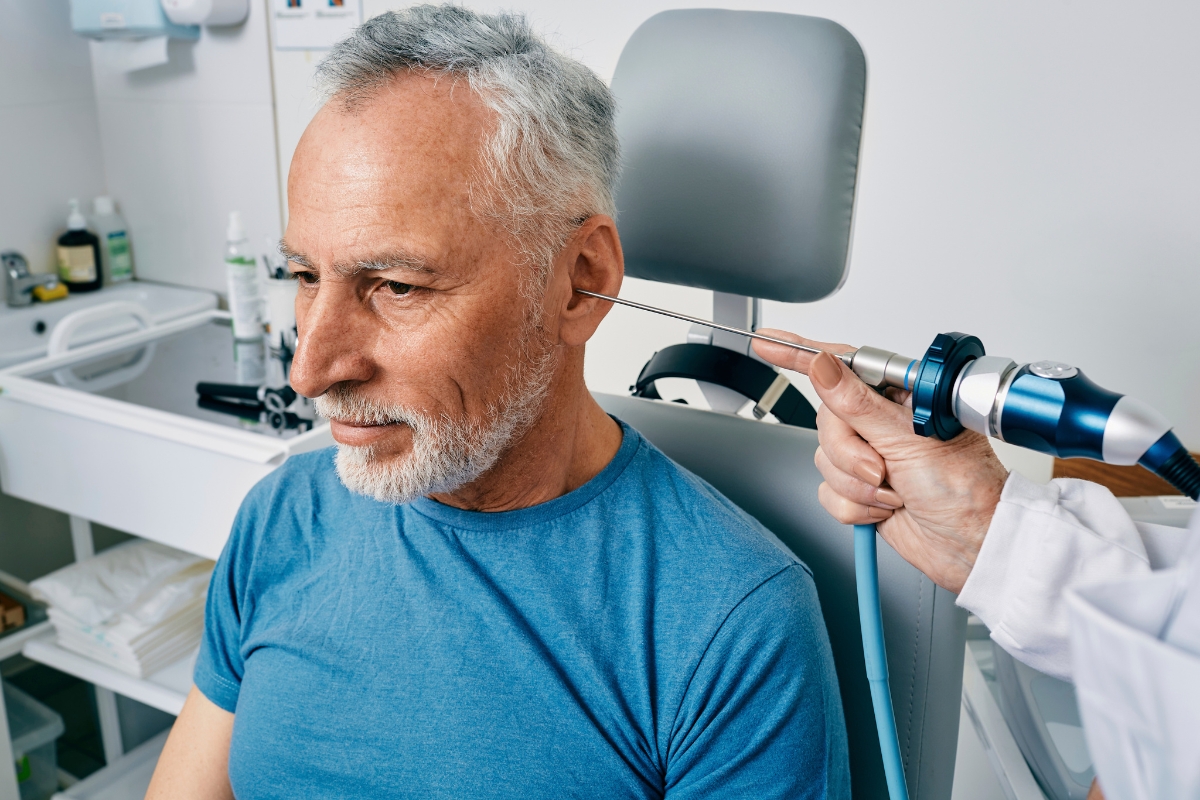Looking After Your Ears After Earwax Removal
Ear wax removal can sometimes be an uncomfortable experience and if your ear canals are not prepared properly prior to your appointment, or if your earwax is a little stubborn, they could be left feeling sore and irritated.
NICE guidelines recommend using Olive Oil or Almond Oil for 3-5 days prior to removal, to help break up any stubborn and dry wax, aiding the removal process1. Sometimes, if your earwax has not been softened enough, the Audiologist or Healthcare Professional may need to reschedule your appointment and wait until the wax is soft enough to remove2. So, it is important to prepare your ears properly!
Now, it is also important to remember that earwax is natural protection for your ears3, so any removal of this could disturb your ears’ equilibrium for a brief period4. You can speed up the healing process by using Earol® Aftercare Spray to restore hydration and calm the ear canal.
Earol® Aftercare Spray is specially formulated to soothe and hydrate the skin of the ear canal after wax removal, also helping to prevent itchiness and dryness. Made from a blend including Sweet Almond Oil, this solution is moisturising and hydrating.
Delivered via a metered dose spray, allowing the formulation to directly adhere to the ear canal walls, Earol® Aftercare Spray can be used for up to 12 months after first actuation.
- Metered Dose Spray: No Drops
- Suitable for Use on Very Dry Skin
- Suitable for Vegans
- Suitable for Children from 5 Years5
Sometimes if you have used hydrogen peroxide for a quick fix to break up earwax, this can cause itchiness and irritation, as well as dry skin within the ear canal6. Earol® Aftercare Spray will help to soothe this itchiness and irritation, as well as restoring hydration.

As well as using Earol® Aftercare Spray after your wax removal appointment, here are some extra tips for looking after your ears:
- Keep ears dry for a minimum of 4-5 days after treatment (no unhygienic water!)7
- Stay away from the cotton buds! Your appointment could be a wasted one if you start sticking cotton buds in your ears again, as this can promote wax build up, as well; as causing blockages by pushing the wax further down your ear canal8.
- In the unlikely event that you develop pain, dizziness, reduced hearing, or discharge from the ear after your wax removal procedure, contact your practice nurse, audiologist, or GP9.
To prevent wax, build up, use Earol® Olive Oil or Earol® Almond Oil spray once a week to keep wax soft.
References
- NICE, 2024: https://cks.nice.org.uk/topics/earwax/management/management/ ↩︎
- The BSA, 2021: https://www.thebsa.org.uk/wp-content/uploads/2023/11/Aural-Care-Ear-Wax-Removal.pdf ↩︎
- NHS, 2024: https://www.nhs.uk/conditions/earwax-build-up/ ↩︎
- Rady Children’s Hospital, 2024: https://www.rchsd.org/health-safety/growing-up-columns/earwax-is-natures-defense-against-objects-and-infections/ ↩︎
- Suitable for use on individuals from 5 years old but only with or after professional medical supervision and/or advice. ↩︎
- Medical News Today, 2020: https://www.medicalnewstoday.com/articles/too-much-hydrogen-peroxide-in-ear#:~:text=Hydrogen%20peroxide%20can%20cause%20skin,infection%20or%20a%20damaged%20eardrum. ↩︎
- Bupa, 2023: https://www.bupa.co.uk/~/media/files/mms/cli-01540.pdf ↩︎
- Harley Street ENT, 2024: https://www.harleystreetent.com/blog/why-you-should-stop-using-cotton-buds-to-clean-your-ears#:~:text=If%20you%20end%20up%20pushing,result%20in%20temporary%20hearing%20loss ↩︎
- Waxout, 2024: https://www.waxout.co.uk/after-care/ ↩︎





